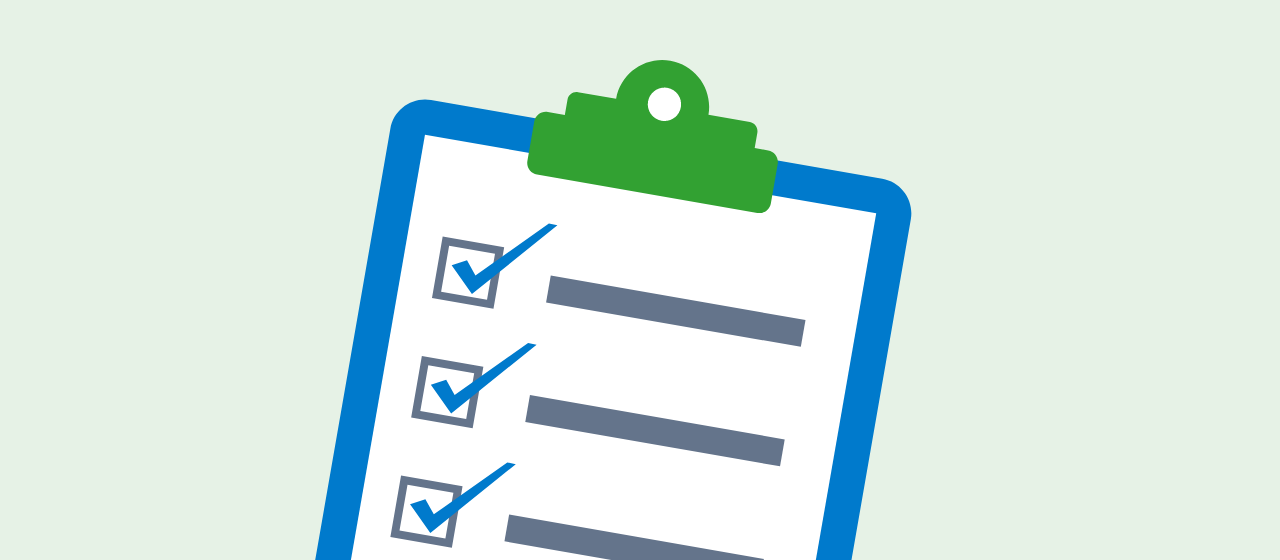Humanizing your employee onboarding program to foster diversity, equity, and inclusion

The first day of a new job is always full of excitement and anxiety. A fresh start, a clean slate – but also the time to make a good first impression. “Will my full self be accepted here? How much of myself should I show?” These questions will be lingering in the minds of your new hires, and so creating an onboarding program that is inclusive and welcoming will be critical to the success of your employee training process.
At Poll Everywhere, we are fortunate to have a People Operations team that puts inclusion at the forefront of everything we do. Talent Acquisition Lead Melly Mérida and Diversity Equity And Inclusion (DEI) & People Operations Specialist Norman Borgonia share their tips for creating an inclusive employee onboarding program that will allow your employees to bring their full selves to your organization.
What is employee onboarding?
Employee onboarding, as defined by SHRM.org, is “the process of integrating a new employee with a company and its culture, as well as getting a new hire the tools and information needed to become a productive member of the team.” Onboarding may vary between departments and specific roles but should be overseen and managed by Human Resources for consistency and adherence to company values.
Why is employee onboarding important?
Inclusion as a framework for onboarding ensures that you are creating a psychologically safe work environment for employees from all backgrounds and welcome diverse knowledge and experience to your organization.
Employee onboarding is your new employee’s first touch point with your company beyond the interview. Mérida explains that the first few weeks of onboarding are when the company keeps their end of the promise to their new employee, living up to the expectations set up by the recruiter, your career page, and talent marketing efforts.
On the other hand, employee onboarding is important to the employee’s lifetime value. Borgonia explains that “employee morale is at its highest at the start of their journey at your company, and you want to nurture that excitement and prolong it to extend employee lifetime value and prevent burnout. This can counteract high turnover rates and low productivity at your organization.”
So why should you develop your employee onboarding program with diversity, equity, and inclusion in mind? Ultimately, the goal of onboarding is to fully integrate your new employee to your organization both technologically and intrapersonally. Your employee may have all the tools they need to do their work correctly, but feeling unwelcome can negatively affect their work experience. Inclusion as a framework for onboarding ensures that you are creating a psychologically safe work environment for employees from all backgrounds and welcome diverse knowledge and experience to your organization. But where do you start with inclusion?
Things to know about inclusion and onboarding
Inclusion is about honoring the multiple dimensions of identity and intersectionality.
There is no perfect formula for creating an inclusive employee onboarding experience at your company. How you approach onboarding will depend on your company’s culture, values, and objectives. However, there are a few things you can consider:
Inclusion is about honoring the multiple dimensions of identity and intersectionality. Your employees have diverse backgrounds, experiences, thoughts, opinions, etc. You must view your employees holistically for who they are, what parts they choose to share with you, and who they are outside of your workplace. You cannot have an onboarding process that doesn’t take into consideration what is happening in the outside world.
Remove as many structural barriers you can control like technology and hardware to create more capacity to handle any emotional barriers your employee experiences. An employee experiencing imposter syndrome will experience more mental fatigue if they are also struggling to configure their work laptop. Make this part of onboarding easier for them, invest in the tools and training needed to make this part better. Making your workplace accessible to all types of individuals, will make their onboarding experience more digestible.
Allow employees to set their own boundaries and respect their choice. Allow your employee to show up to work how they want to, especially in a hybrid or remote world. If they choose to use a virtual background or turn off their camera, you should respect their boundaries. You should also work towards creating a comfortable environment to share space together in a way that feels authentic, connected, and present.
Inclusive employee onboarding checklist

To help get you started on improving your employee onboarding experience, we’ve put together a list of best practices to incorporate into your program.
✅ Create sources of truth
The best thing you can do for your new employee is provide multiple sources of truth for them to reference as they go through onboarding. New employees may feel confused on how to navigate through your company’s documents and too shy to ask their manager, so providing a set of documents that they can save and reference regularly will improve their experience. At Poll Everywhere, we provide new employees with two key documents: an onboarding handbook and a ‘30-60-90.’
The onboarding handbook breaks down the administrative tasks, documents, and people to meet and review on a week-by-week basis. This handbook also includes information such as company-specific language, important meetings, etc. It links to all necessary resources and answers many frequently asked questions.
The ‘30-60-90’ is a document that outlines their first 30,60, and 90 days, such as their first projects in their new role, educational resources to study, key teammates to collaborate with, and more. We use this document as a way to track their progress and growth into their new role and as a checklist for new employees to follow. The 30-60-90 is a collaborative document between the manager and new employee that provides structure to assess early pain points, interests, and check for comprehension about responsibilities. Using this as a success criteria sets realistic expectations and holds your new employee accountable, but also eases the need to overdo themselves during those first three months. It is our way of letting them know that accomplishing these tasks is enough to be successful, and they don’t need to burn themselves out by trying to achieve more.
✅ Create breathing space and opportunity to acclimate
Don’t rush your onboarding process. We understand the need to get your new employee up and running as fast as possible, but this will only lead to burnout and job dissatisfaction. You also want to space out your training sessions to prevent meeting fatigue and give ample time for reflection.
✅ Over-communicate everything
Don’t ever assume anything about your new employee. Even if it may feel like too much*, you should always overshare and over-communicate everything with them. It is best to simplify and don’t let your new employee read inbetween the lines. Here are things you should communicate:
- Explain the purpose and importance of every step of your onboarding process
- Explain the norms and rules of your communication stack such as email, video conferencing software, instant messaging platforms, etc.
- Show them how to navigate and use internal tools and key software
- Provide the historical context and importance of important meetings
- Answer any uncomfortable or awkward questions upfront so they don’t have to ask
*Note: Be intentional with how much you share. Be mindful of timing and pacing. Gauge each employee’s progress to decide when to share appropriate information.
✅ Check-in regularly with them
Alongside oversharing, you should check in as much as you can with the new employee. Both Mérida and Borgonia like mixing live and asynchronous methods to make sure the new employee is acclimating well. Schedule short fifteen minute chats every week in the first few weeks and transition to biweekly or monthly as you see fit. Regular check-ins are a great place for new employees to share any concerns or questions they have that come up and is a great place for you to gather feedback about your employee onboarding program. You can also send asynchronous pulse checks through Surveys to gather any questions or feedback. Mérida says she uses Poll Everywhere Surveys to learn more about the new hire and cater their welcome to their interests such as their hobbies, holidays they celebrate, and more.
✅ Be their champion every step of the way
As the People Operations / Human Resources department, you were most likely the new employee’s first point of contact. You will therefore be the most familiar and comfortable person they know at the company. You should be the champion of your new employee. As you check-in, affirm their feelings and be available to them as needed. Check in with their managers and teams to make sure they are being included and involve them as much as you can with other team members who may fit their interests.
Diversity, equity, and inclusion is a work in progress
DEI is an ever changing landscape that continues to develop as we learn more about each other. There is no right answer or finish line at the end of this journey. It is a continuous commitment to learn and do better. It may seem like an impossible task to take on, but putting inclusion at the center of your organization engages the shared responsibility across the organization that is needed for this to be successful. As long as your Operations team is open and willing to change, learn, and accept feedback, you will create the best workplace for your organization. Wherever you work, we hope that these inclusive employee onboarding tips and best practices help you achieve your organizational goals.